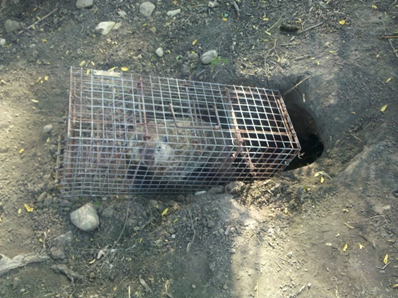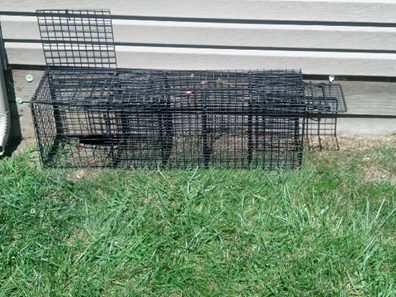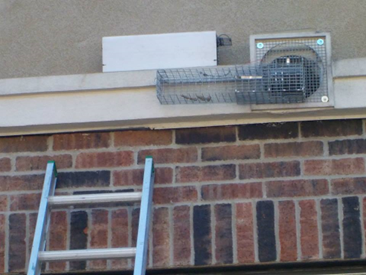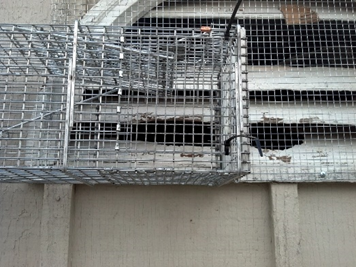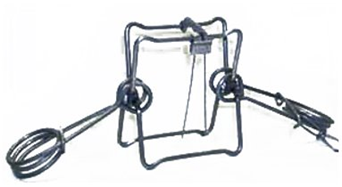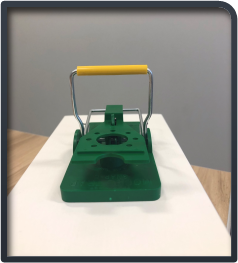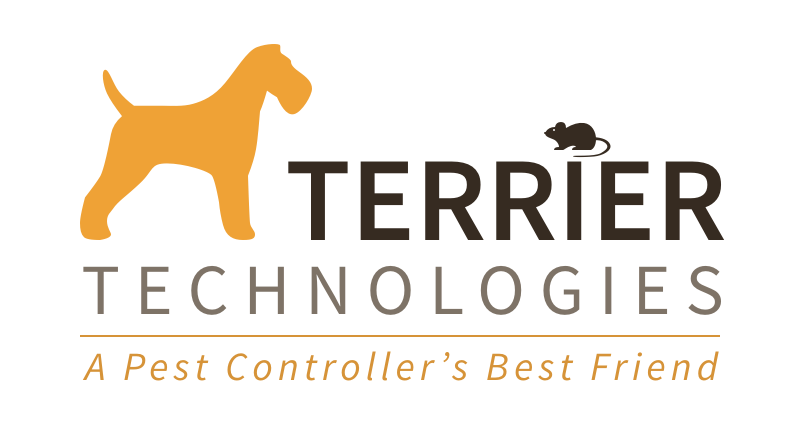Live Trapping with Baits & Lures
- Live trapping is one of the most common forms of trapping used to remove nuisance wildlife. Live traps, otherwise known as box traps or cage traps, are most commonly constructed from heavy duty wire mesh. Most trap designs incorporate a treadle pan that the animal steps on to set off the trap and capture the animal.
- In most cases, appealing baits or lures will be utilized to coax the animal into the trap to be captured. Baits can be trailed into the trap and then placed behind the treadle pan along with lure. While in pursuit of the bait and or lure in the rear of the trap the animal then steps on the treadle pan, closing the trap.
- The trap design along with the species of animal, time of year, weather and trapping location will dictate the most effective bait and or lure presentation to the target animal. Live traps can be highly effective when utilized properly. Non- target captures can be an issue. The capture of non-target animals is sometimes unavoidable dependent upon the trapping location and accessibility. In this situation, non-target animals can easily be released on site.

Comstock Multi-purpose Trap
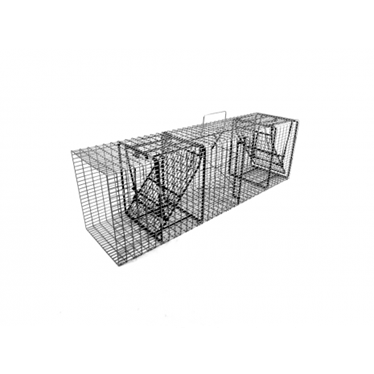
Comstock Double Door Trap
- Drift fences can be used as an aid to live trapping with baits and lures. This is done by using a barrier to direct the animals travel path into a trap at the end of the fence. This method can be useful when trapping for transient wildlife that is roaming through a yard with no burrow or den on the property.
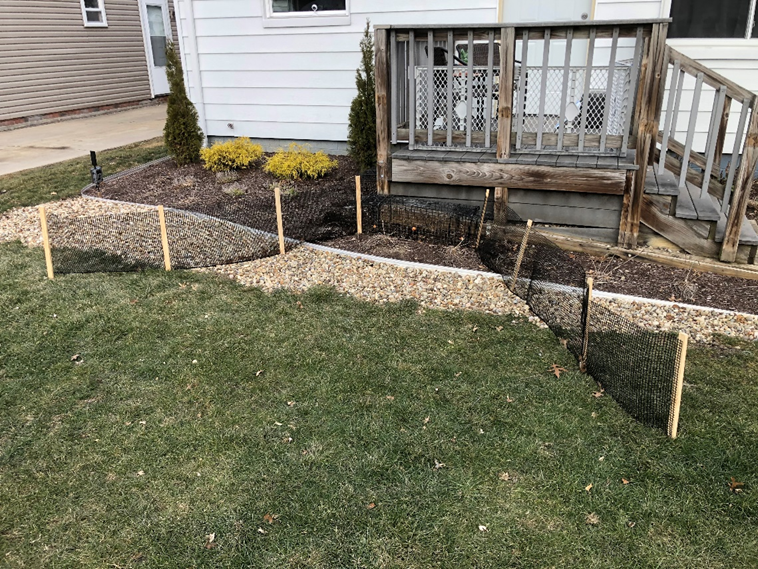
Drift Fence

